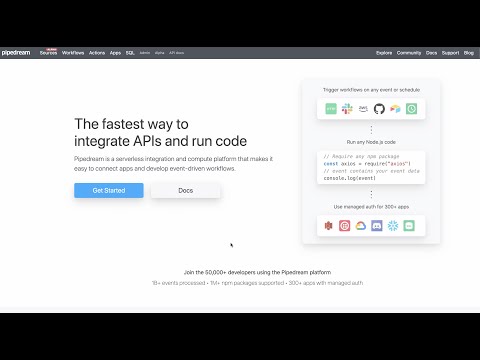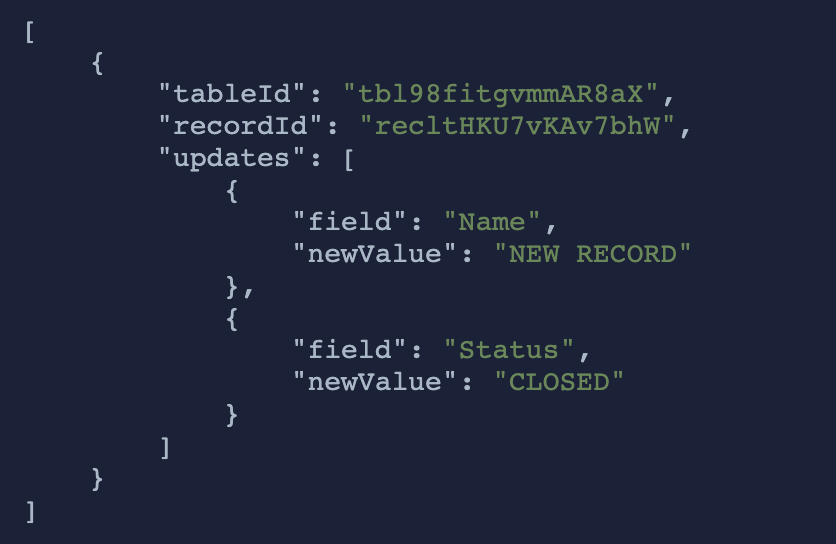What do you want to automate
with ZeroBounce and Slack?
Prompt, edit and deploy AI agents that connect to ZeroBounce, Slack and 2,800+ other apps in seconds.
Trusted by 1,000,000+ developers from startups to Fortune 500 companies
Popular Ways to Connect ZeroBounce with Slack#
Popular ZeroBounce and Slack Triggers#
Emit new event when a new message is posted to one or more channels
Emit new event when a message was posted in a direct message channel
Emit new events on new Slack interactivity events sourced from Block Kit interactive elements, Slash commands, or Shortcuts
Emit new event when a specific keyword is mentioned in a channel
Popular ZeroBounce and Slack Actions#
Estimates a reliability score based on ZeroBounce's AI for the provided email. See the documentation
Downloads the validation results for a file submitted using sendfile API. See the documentation
Send a message to a public or private channel. See the documentation
Send a message to a user, group, private channel or public channel. See the documentation
Overview of ZeroBounce#
The ZeroBounce API provides email verification services that help improve email deliverability by removing invalid or risky email addresses from your lists. When integrated with Pipedream, you can automate workflows to clean your mailing lists, validate subscribers in real-time, and enrich your contacts. Pipedream's serverless platform facilitates the running of code that interacts with the ZeroBounce API to execute these tasks based on various triggers and actions from other integrated services.
Connect ZeroBounce#
import { axios } from "@pipedream/platform"
export default defineComponent({
props: {
zerobounce: {
type: "app",
app: "zerobounce",
}
},
async run({steps, $}) {
return await axios($, {
url: `https://api.zerobounce.net/v2/getcredits`,
params: {
api_key: `${this.zerobounce.$auth.api_key}`,
},
})
},
})
Overview of Slack#
The Pipedream app for Slack enables you to build event-driven workflows that interact with the Slack API. Once you authorize the app's access to your workspace, you can use Pipedream workflows to perform common Slack actions or write your own code against the Slack API.
The Pipedream app for Slack is not a typical app. You don't interact with it directly as a bot, and it doesn't add custom functionality to your workspace out of the box. It makes it easier to automate anything you'd typically use the Slack API for, using Pipedream workflows.
- Automate posting updates to your team channels
- Create a bot to answer common questions
- Integrate with your existing tools and services
- And much more!
Connect Slack#
import { axios } from "@pipedream/platform"
export default defineComponent({
props: {
slack: {
type: "app",
app: "slack",
}
},
async run({steps, $}) {
return await axios($, {
url: `https://slack.com/api/users.profile.get`,
headers: {
Authorization: `Bearer ${this.slack.$auth.oauth_access_token}`,
},
})
},
})
Related Videos#


Community Posts#
